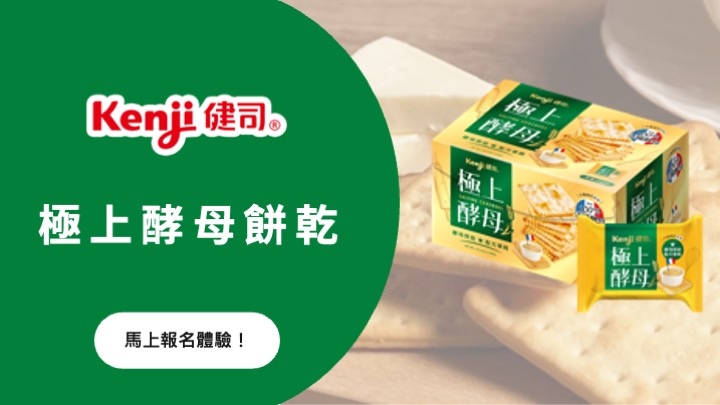
Weaving is one of the oldest arts and crafts of mankind. According to Book of Changes, in the paleolithic period, mankind used bast to weave a net to hold pebbles which were then thrown to kill animals. Hand-weaving came to China around the end of the 19th century. And with the rise of the Nordic style, hand-weaving craft is gradually reviving. It is an art of knotting a rope/string to create a variety of decorations. Weaving contains the retro and the heritage. Corresponding to the design philosophy of sustainable development, some natural fibers, unprocessed original fibers, natural flax fibers and recycled fibers extracted from marine are hand-weaved to create the eco-friendly and recycled clothing, which is definitely the trend in the future.

Hand-made woven lace chooses natural cotton yarns, flax fibers and post-processed colorful fibers to sketch the coarse lace pattern, 3D crochet and cutout structures, displaying the retro lace with a hand-woven texture.

Woven decorations in the neck apply the refined twist processing to original natural fibers. Complicated regular cutout weaving technique is adopted to create the 3D detial and bring a skin-revealing visual impact.

Hand-woven tassels are mainly combined with the resort style. Natural cotton yarns and flax fibers are moisture-wicking, bringing a natural and pure wearing experience to the resort style.

Rhombus weaving is the most widely used and the most normal weaving craft. Regular overlapping, knotting and weaving could form a steady structure and function. This kind of rhombus woven handiwork has a large capacity when stretched out, and also takes up a little space when folded. In order to meet the sustainable development, more and more natural fibers will appear in clothing. This kind of flexible weaving craft will become the indispensable craft in S/S 2021.



 留言列表
留言列表


